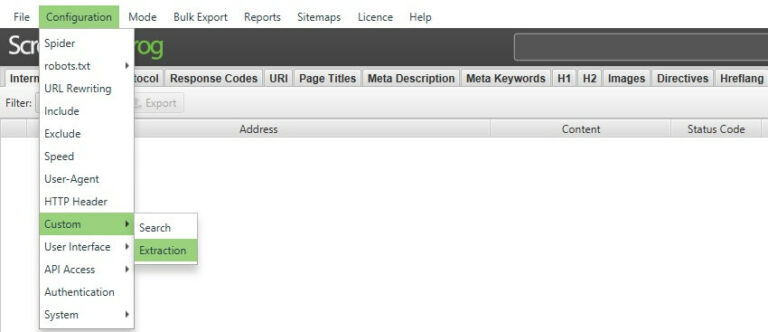

In real-life projects, things will be a little more complicated, and understanding both will provide you with more tools to face any challenge.

If you’ve readen any of our Beautiful Soup tutorials or Cheerio guides, you’ve noticed by now that we tend to use CSS in pretty much every project. In this article, we go deeper into the DOM and its structure, which in return will make everything about XPath click better. If you’re still having a hard time with this syntax, a great place to start is understanding what data parsing is and how it works. Value – which is the value stored in the attribute of the HTML element. Think of divs, H1s, etc.Īttribute – which can be IDs, classes, and any other property of the HTML element we’re trying to locate. Tagname – which is the name of the HTML element itself. Now, to summarize everything we’ve learned so far, here’s the structure of the XPath syntax: This last expression would translate into finding all the divs with the class quote and picking the first span element. We can target classes, IDs, and the relationship between elements.įor the previous example, we can write our path like this: and still, locate the element. We want to be as descriptive as possible because, in most cases, we’ll be using XPath on websites with a messier structure.ĭid you notice we’re using the elements’ attributes to locate them? XPath allows us to move in any direction and almost any way through the node tree. Note: It would also work fine with because there’s only one span using that class. XPath: highlighted the first element that matches our search, and also tell us that it’s the first of 10 elements, which perfectly matches the number of quotes on the page. If we take a closer look, we can see that all quotes are wrapped inside a div with the class quote, with the text itself inside a span element with the class text, so let’s follow that structure to write our path:
#Webscraper xpath query code#
Note: This is a great exercise to test your expressions before spending time on your code editor and without putting any stress on the site’s server. If we want to scrape all the quotes displayed on the page, all we need to do is to press cmd + f to initiate a search and write our expression. Now we’ll be able to see the HTML of the website and pick an element using our XPath expressions. Let’s use an example to paint a clearer picture. Using XPath to Find Elements With Chrome Dev Tools We can do this because of the nesting nature of HTML. XPath uses the relationship between these elements to traverse the tree and find the elements we’re targeting.įor example, we can use the expression //div to select all the div elements or write //div/p to target all paragraphs inside the divs. There’s a root folder, and inside it has several directories, which could also contain more folders. You can imagine these path expressions like the ones we use in standard file systems. Writing XPath expressions is quite simple because it uses a structure we are all well versed in.
#Webscraper xpath query how to#
In web scraping, we can take advantage of XPath to find and select elements from the DOM tree of virtually any HTML document, allowing us to create more powerful parsers in our scripts.īy the end of this guide, you’ll have a solid grasp of XPath expressions and how to use them in your scripts to scrape complex websites. It uses a path-like syntax (called path expressions) to identify and navigate nodes in an XML and XML-like document. XML Path Language (XPath) is a query language and a major element of the XSLT standard.


 0 kommentar(er)
0 kommentar(er)
